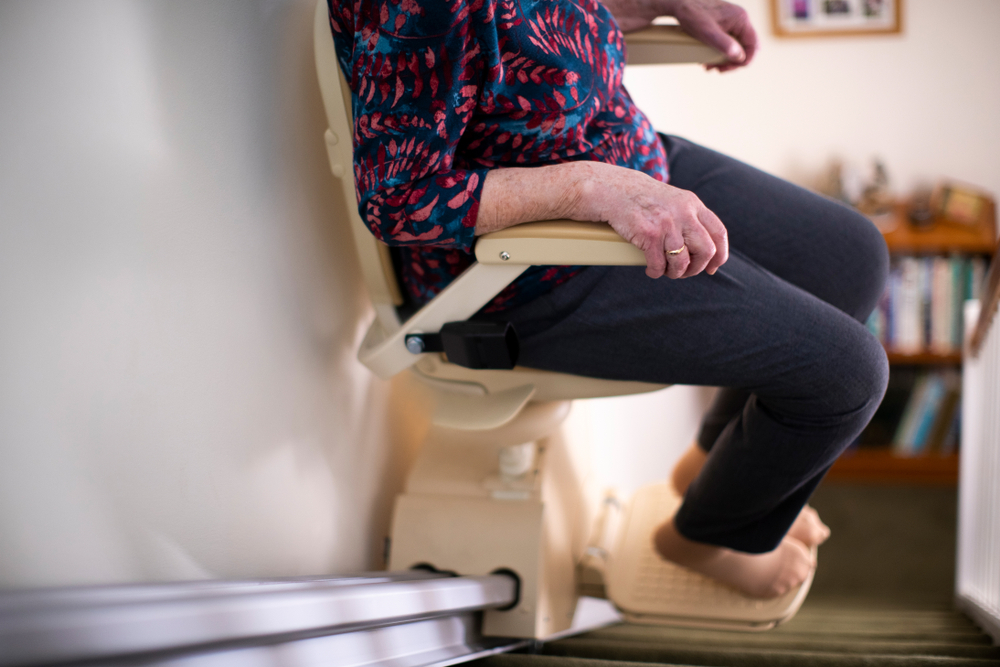Are Stairlifts safe for people with Dementia?

Stairlifts are a widely used and popular solution to the problem of navigating the stairs in a persons home. In the context of someone suffering from dementia being able to use a stairlift, It’s understandable for carers and family members to question the safety of the person in question.
In this article, we explore the safety features that are built into modern reputable stairlifts & the considerations that are taken by stairlift manufacturers when it comes to the design of the controls & the usage to allow for a safe environment for everyone at home.
Table of Contents
Understanding Dementia & Mobility Issues
With more than 944,000 people suffering with Dementia within the UK, as recorded by the NHS .That figure rising with the aging population it’s Important that we can outline an understanding of the condition and how it can affect those inflicted with it.
Dementia is not only a condition that affects memory, but it also affects the way that a person feels & behaves. Its a continuous decline of brain functionality & is not a natural part of aging.
With the decline of brain functionality, This will affects an individuals ability to perform daily activities and their motor skills, which is important to consider within the context of using a stair lift.
Stair lift Safety Features for people with Dementia
Modern Stair lifts are built with the safety of the user in mind. Here are four commonly seen safety features that are important to see on a stair lift for someone with Dementia:
- Seatbelts: Seatbelts will prevent the user falling off during use, and many modern stairlits will not set off until the user is buckled in.
- Sensors: Sensors are put in place to detect if there is an obstacle on the stairs or on the rail of the chair lift.
- Swivel Seats: Swivel seats are beneficial for quick and easy access to the stairlift without having to move around it.
- Control Options: Simplified controls are at the forefront of the lifts design, assisting those with dementia at various stages to be able to manage to control the stair lift.
Key Considerations Before Installing a Stair lift for someone with Dementia
It is vital that before you get a stair lift installed you consider these factors:
- Stage of Dementia: For the elderly who are in the early stages of Dementia, a stair lift would be an ideal solution for accessing parts of the home that are now harder to do so.
- Supervision: Consistent & continuous check-ins are important to ensure that the individual using the stair lift is safe & secure.
- Customization: Many Stair lifts come with customization options such as the control type & seat options. It would be worth considering customization options to improve the experience.
- Professional Assessment: Consulting your GP or healthcare practice to see if a stair lift is the right step forward. Further on that consulting an occupational therapist would be helpful to assess the ability of the individuals ability to use a stair lift safely would be a wise decision.

Professional Stair lift Advice
When looking at stairlifts as a mobility solution for someone with Dementia, the first point of call is to contact a healthcare professional to get a professional opinion on whether a stair lift is the right choice. Afterwards, It is highly recommended that you contact a professional stairlift installation company for their advice on which stairlift would be best for you.
Conclusion
A stairlift can be a safe & effective solution for people suffering with dementia. As long as careful consideration to the persons individual needs are met, such as the safety of the person using the device with our without supervision. By approaching this topic carefully and realistically, a persons quality of life can be enhanced greatly with this mobility aid.